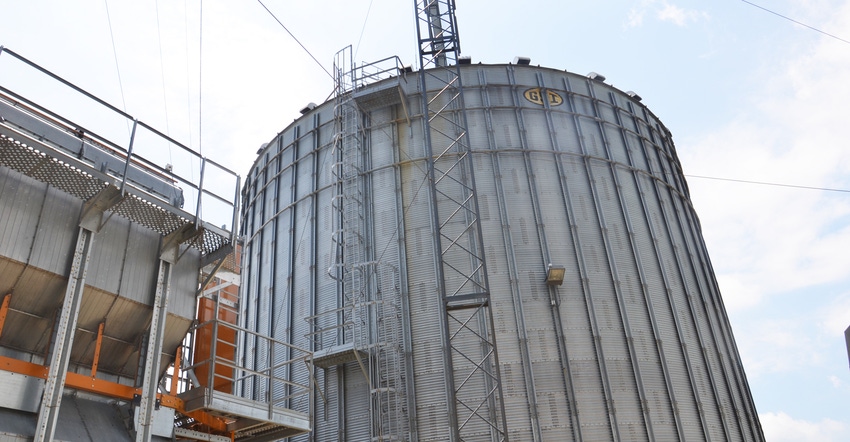
Storing grain without incident isn’t magic, says Gary Woodruff, a district manager for GSI in Indiana. It is a science that requires following basic rules and paying attention to details. Weather and market conditions may have allowed people who don’t follow rules closely to get by in the past, but not today.
In this exclusive interview with Farm Progress, Woodruff offers further explanation:
There were multiple reports of farmers and even commercial elevators with grain going bad late last spring into summer. Some blamed the problems on warmer-than-normal May weather. Do you agree? Absolutely not! In my opinion, a warm May had little or nothing to do with it. Bins of grain which wound up in trouble were already in trouble well before May ever arrived. The problems may not have been detected that early if someone wasn’t watching closely, but they were there.
What do you believe caused problems with 2017 grain in the spring and summer of 2018? There are multiple reasons. No. 1, some people have gotten away from basic rules which people like Bruce McKenzie instilled in generations of farmers years ago. He was a Purdue University Extension ag engineer who helped develop many of the principles for storing shelled corn. Corn needs to go in the bin dry enough to match how long you intend to store it. If you want to store until June 1, it needs to be no more than 15% moisture. To be held through summer, put it in at 14%. If you may hold longer than a year, bin it at no more than 13%. Then aerate properly and monitor it.
Why have people gotten away from the basics? For the past decade or so before the 2017 season, there were marketing opportunities to move grain earlier in the year. Many people didn’t hold grain into the summer or even into spring when corn prices were high.
Second, we didn’t routinely have warmer-than-normal weather in the fall when they were putting grain in storage in years when it would be held a long time. Many people put grain in the bin at 16% and turned on the fans. They got by with it because it wasn’t as warm, and they sold earlier. Now that they’re holding longer to try to get better prices, they’re no longer getting by with it. If they put grain in the bin higher than 15% moisture and tried to hold until May or longer, the corn ran out of storage life, especially if it was a warm fall.
Are there other factors contributing to storage quality issues? Yes. Another large factor is size of on-farm storage bins on larger farms today. Many larger farms are really commercial grain operation centers — they just don’t know it. Their bins are much larger than most commercial elevators dealt with decades ago. Once you go bigger than a 48-foot-diameter bin or taller than a 30-foot eave height, you will likely encounter storage issues much faster than you realize. You must follow the rules, starting with binning corn at the proper moisture level. You also need to monitor it carefully. Whether you do that with aeration controllers and/or other sensing monitors is up to you. But you must manage it carefully.
About the Author(s)
You May Also Like




